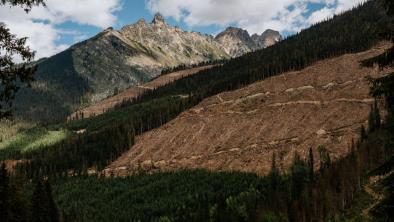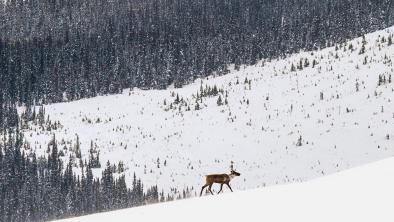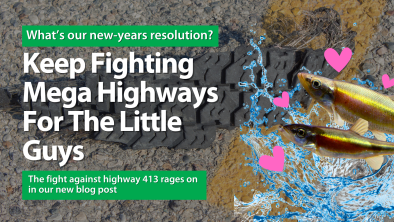Environment Canada strikes potential death blow to container port expansion
The Province

Environment officials have struck a potential death blow to the Port of Vancouver’s $2-billion container expansion in South Delta, saying the risks to a significant migratory population of western sandpipers are simply too great for the project to proceed.
A written response from Environment and Climate Change Canada to the Canadian Environment Assessment Agency (CEAA) describes the predicted impact of the Roberts Bank Terminal 2 Project on hundreds of thousands of sandpipers as “potentially high in magnitude, permanent, irreversible, and, continuous.”
The response is signed by Jeff Corkum, acting director-general of the Environmental Protection Operations Directorate, and is addressed to Jocelyne Beaudet, CEAA review panel chair for the Roberts Bank project.
Concerns centre on the biofilm that the sandpipers consume on the tidal flats at Roberts Bank during their spring migration. The biofilm is a thin, sticky coating secreted predominantly by diatoms to prevent them from being swept away with the tides. Diatoms are at the bottom of a food chain and benefit a host of marine species such as oolichan, sand lance, salmon and crabs.
Researchers say that a perfect alchemy of reduced salinity, along with nutrients from the Fraser River, low tides, warmer temperatures and longer daylight hours, cause the diatoms to bulk-up on omega-3 fatty acids. The bloom occurs in late April to early May, just as the sandpipers are migrating from as far south as Peru to breeding grounds in the Arctic, and needing fuel to continue their journey. If the container expansion altered the production of biofilm, it could have serious implications for the sandpipers to continue their northward migration.
A total of 23 species of wildlife listed under the federal Species at Risk Act, or by the Committee on the Status of Endangered Wildlife in Canada, are known to exist within the project area and related marine-shipping area. Other species include the barn owl, barn swallow, black swift, common night hawk, little brown myotis (bat), marbled murrelet, pink-footed shearwater, red knot and short-tailed albatross.
Cliff Stewart, vice-president of infrastructure for the port, said in a written statement Tuesday that he welcomed Environment Canada’s comments and looked forward to working together on issues raised.
“We are confident in the years of scientific study done in preparation for the Roberts Bank Terminal 2 Project, and many of those studies are ongoing,” he said. “We also have full confidence in the federal-panel process to assess that science and make its recommendation.”
Roger Emsley, a representative with B.C. Nature and the community group, Against Port Expansion, asserted in response that Environment Canada’s “damning” response should be enough to kill the project.
“If it were a torpedo, I’d say the … port has been holed below the water line,” he said. “We clearly have an environment at Roberts Bank that is fragile, that cannot withstand any more port development, and, finally, Environment Canada has come out with a definitive statement that should stop this project in its tracks.”
Emsley added that the environment department “is basically saying that were the project to go ahead the impacts would be immediately irreversible and cannot be mitigated. How can the panel do anything other than recommend that the project be turned down?”
He estimated the CEAA will be opening its environmental review to submissions at public hearings in a few months.
The federal environment response states that the project poses unmitigated risks to a larger area than the predicted permanent loss of 55.6 hectares of intertidal habitat: “Currently, as there are no accepted techniques to remediate for biofilm on intertidal mudflats, mitigation for this habitat loss is not possible.”
The agency’s response warns of “the potential for large declines in food availability for shorebirds during the critical breeding-migration period” should the project proceed. The agency “maintains that there is insufficient, science-based information to support the proponent’s finding that the project would not adversely impact intertidal biofilm and, consequently, migratory shorebirds in general, and the western sandpiper species in particular.”
The agency adds that “the project may result in adverse environmental effects to migratory birds because marine shipping may disturb or result in collisions with migratory birds. There is also a potential for adverse environmental effects to migratory birds as a result of accidental heavy-fuel spills.”
For coastal birds, the port suggested that with the implementation of mitigation measures, residual effects to coastal-bird productivity won’t be significant. The environment response notes that the environmental impact statement for the project predicts that once capacity at the terminal reaches 2.3 million, 20-foot-equivalent container units by 2030, total daily port-related truck movements are expected to increase by 100 per cent and train movements by 38 per cent.
The new terminal would be next to the existing Deltaport and Westshore Terminals.


